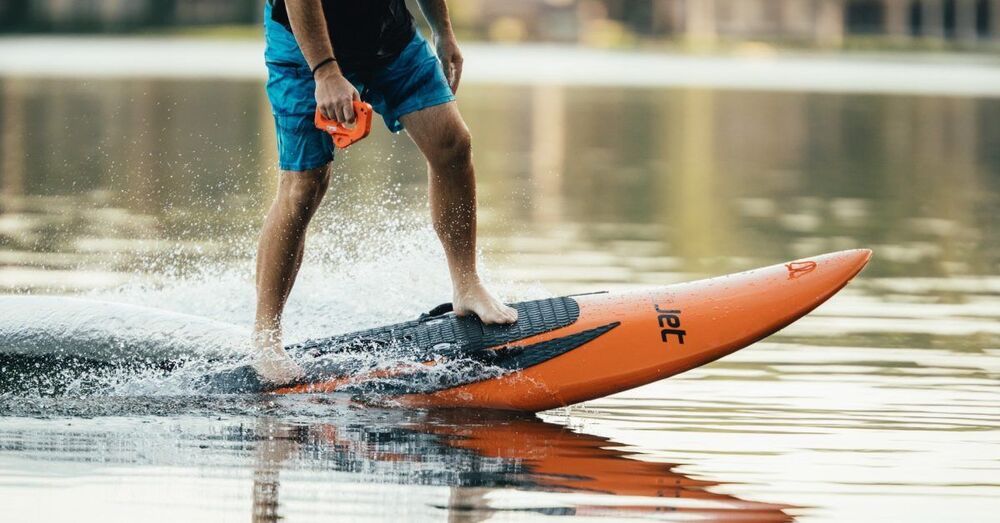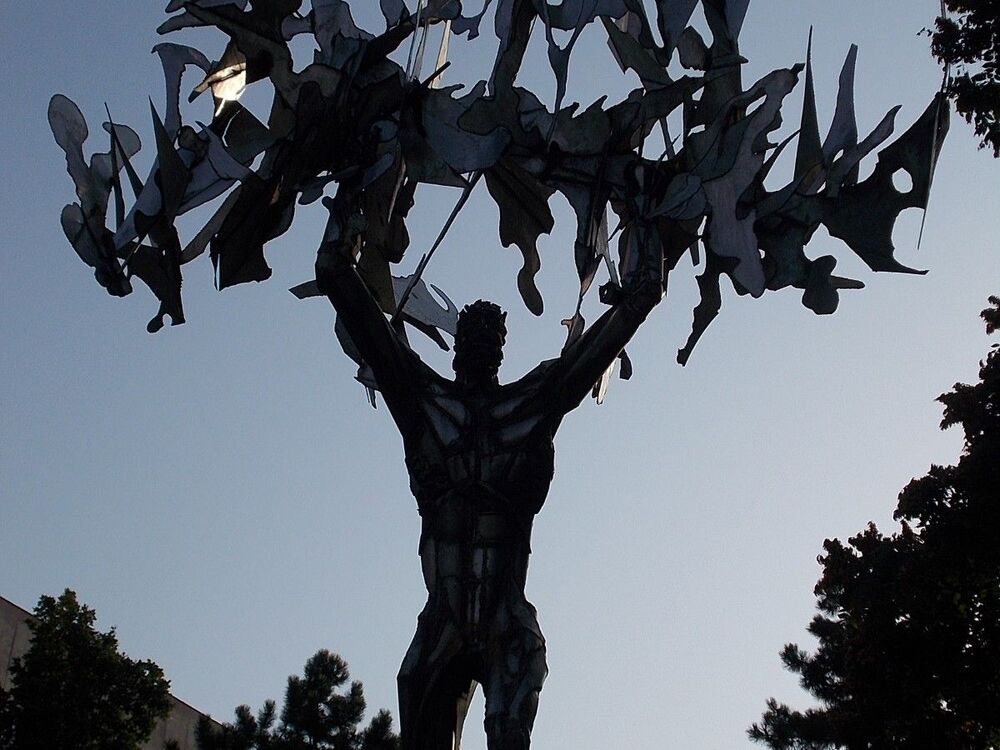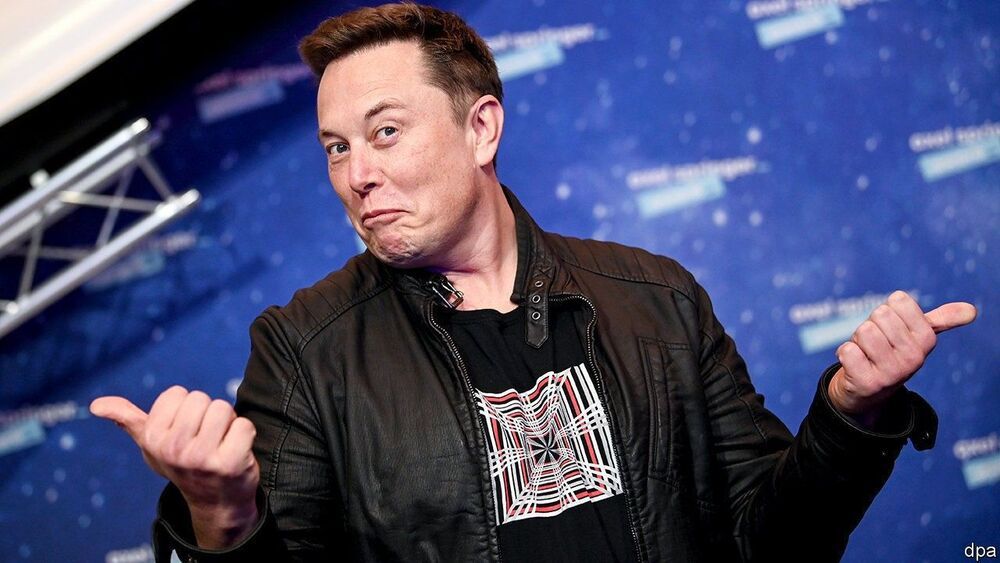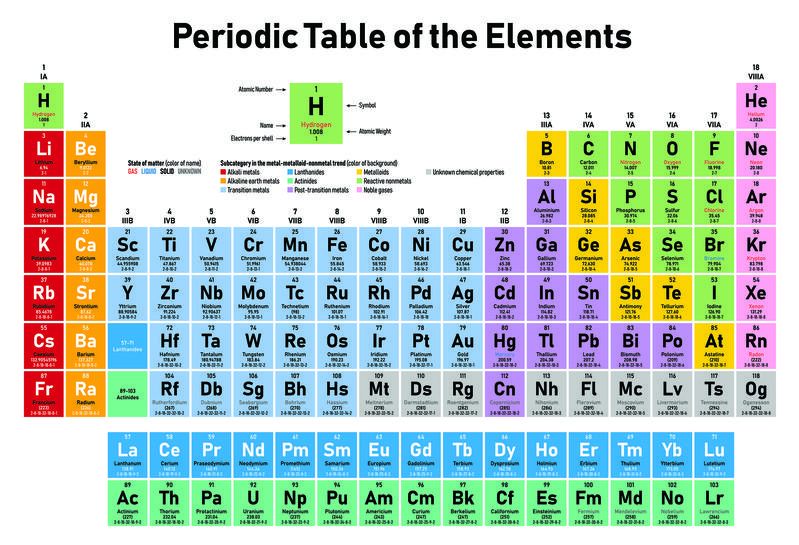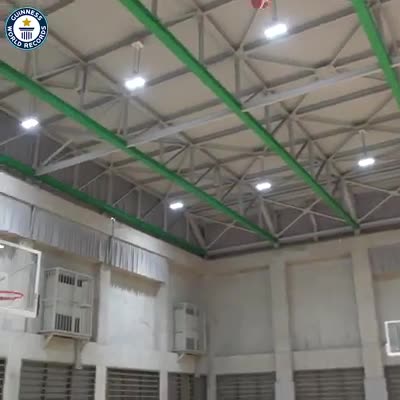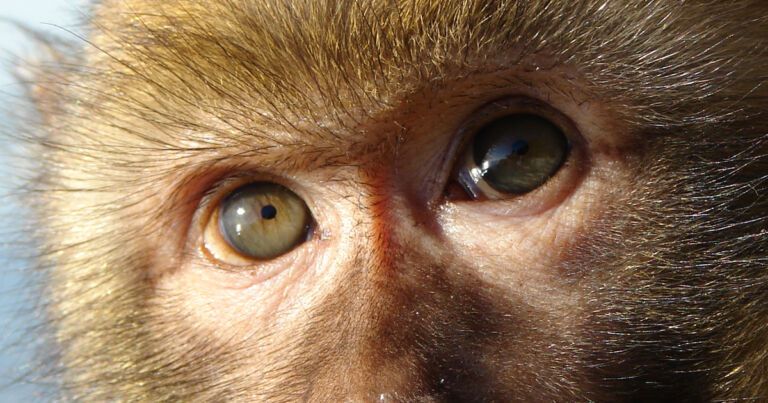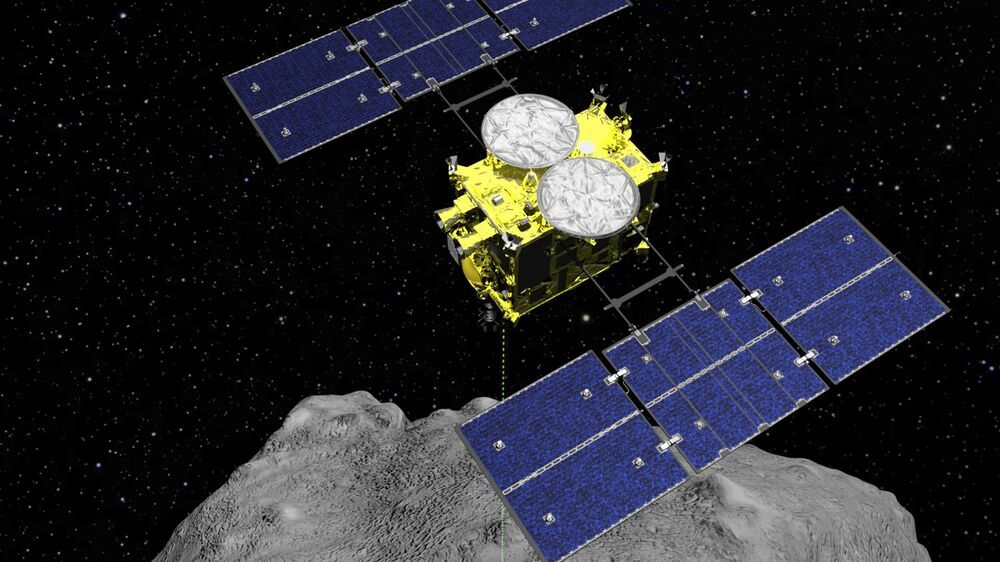TOKYO (AP) — Japanese space agency officials said Friday the Hayabusa2 spacecraft is on its intended trajectory as it approaches Earth to deliver a capsule containing samples from a distant asteroid that could provide clues to the origin of the solar system and life on Earth.
The spacecraft left the asteroid Ryugu, about 300 million kilometers (180 million miles) away, a year ago. The capsule is to be released 220,000 kilometers (136,700 miles) away in space and land in a remote, sparsely populated area of Woomera, Australia, on Sunday.
Hayabusa2 is flying smoothly according to plan, Yuichi Tsuda, project manager at the Japan Aerospace Exploration Agency, said at a briefing ahead of the critical separation of the capsule from the spacecraft on Saturday.
